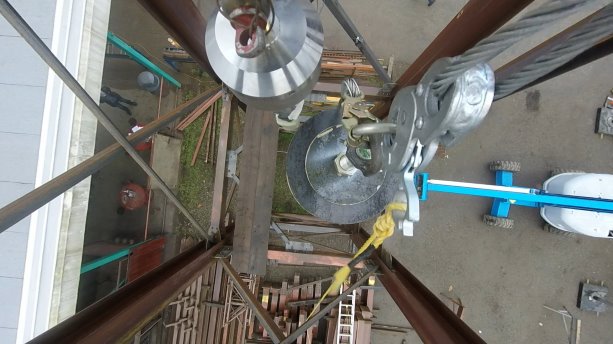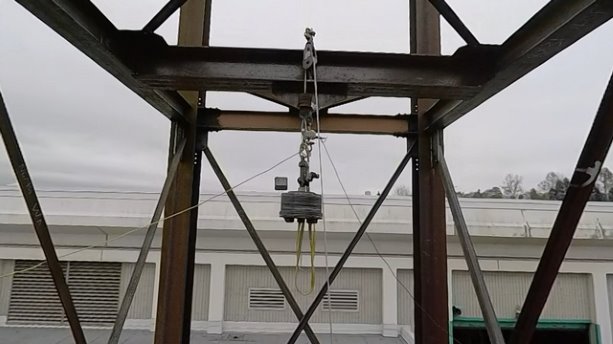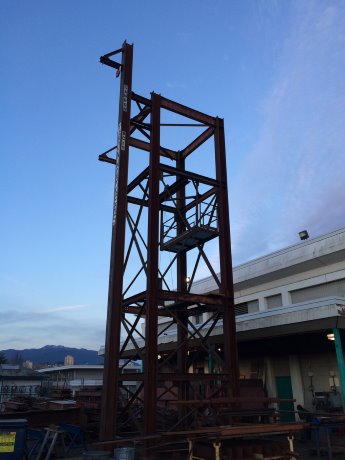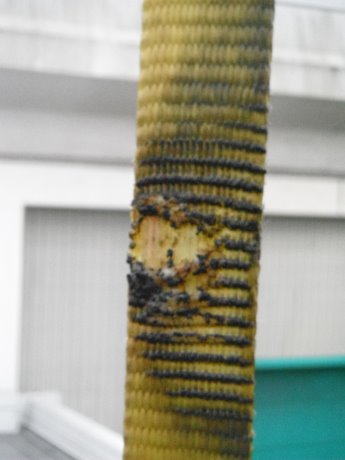Carolyn Sparrey is on a mission to separate facts from fiction when it comes to what keeps workers safe from falls.
Sparrey, a professor in the field of mechatronic systems engineering at Simon Fraser University, envisioned the project while reading an alumni newsletter article about a former classmate whose company does fall arrest consulting.
She contacted JADE Engineers Inc. and obtained a $25,000 grant for six months of research doing simulations and computational studies on how falls in different arrest systems affect the body.
Companies that make the various lanyards and harnesses don’t publish their testing results and very little independent research has been done. After the six months was up, Sparrey decided to take things further after more funding was found.
She recently undertook a series of drop-test studies at a new testing facility she developed in partnership with ironworkers at BCIT. The experiments focused on testing field-used and weld-damaged lanyards—the energy-absorbing rope that connects the harness to a structure—under standard drop test conditions to determine what changes their characteristics over time.
Sparrey says the lanyards held up under some tough conditions and did poorly under others.
They discovered that certain environmental exposures such as ultraviolet light, dirt, and debris, as well as cuts, weld spatter, and burns can seriously affect the strength and energy-absorbing capability of fall protection systems.
The team also discovered that severe damage to a lanyard — such as a cut halfway through the webbing — did not affect the fall arrest behaviour of the lanyard, but that heat that melted lanyard fibres did lead to catastrophic failure.
She has also found that there can be major differences in performance from brand to brand, with some performing worse than advertised. She plans to continue the research and expand it to include other factors like different worker bodies and ways they wear the devices and use them in the field.
Sparrey is working with BCIT and JADE Engineers Inc. on the ongoing research. The test facility was designed and constructed specifically for this study as part of the partnership, and funded by WorkSafeBC.
It’s the first of its kind in Western Canada that is not at a private manufacturer’s facility, and allows researchers to test a range of lanyard brands and styles in the same conditions, as well as various environmental exposures, such as rain, snow and cold.
The study is also giving ironworking students at BCIT a chance to contribute to the research process while they learn about safety in the trade.
"(The students) are very interested in what we’re doing, are very knowledgeable about their fall protection, and want to know everything we can tell them about fall safety," said Sparrey.
"The transfer of knowledge that occurs by working alongside ironworkers is even better than I could have hoped. They ask great questions based on their experience that will inform the next stages of this research."

1/3

2/3











Recent Comments
comments for this post are closed